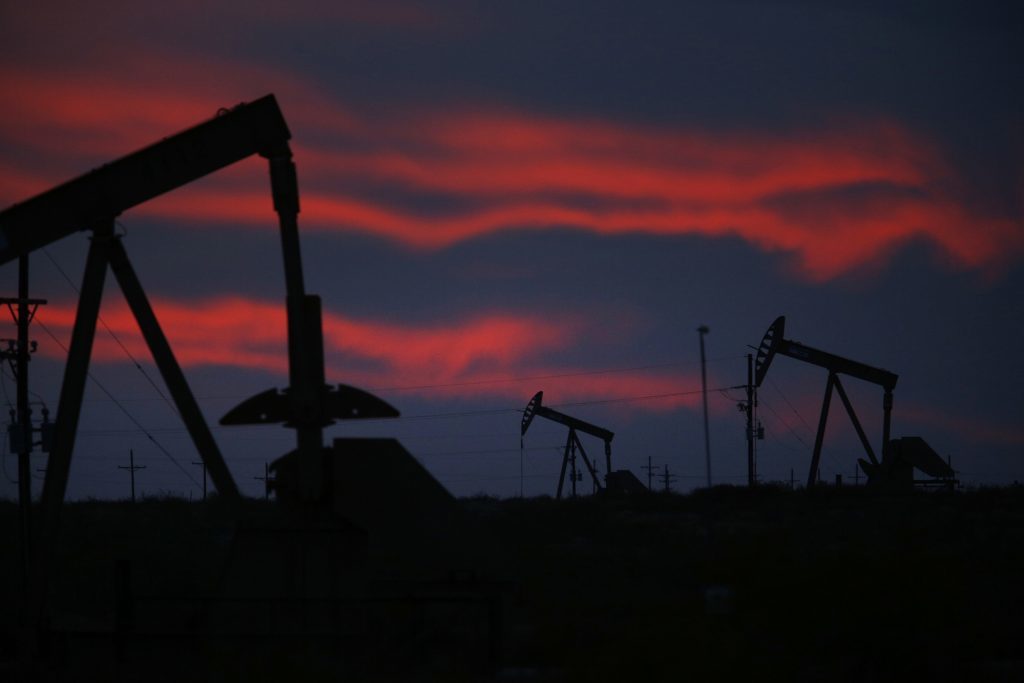
US oil production surged to a 46-year record in October.
The Energy Department said the nation’s output of crude oil jumped 1.8 percent to 9.64 million barrels a day. Morgan Stanley said shale drillers pumped at the fastest rate in nearly three years.
And they did it with half the rigs they had in the boom times. In Texas, production has surged even though companies have only replaced a third of the workers they cut in the oil downturn.
The Energy Department expects US oil production to reach a new all-time record next year. But there’s still no reason yet for the rigs and jobs that were discarded in the bust to come back.
“We are supplying the needs of the market with way fewer jobs,” said Karr Ingham, an Amarillo-based economist who studies the Texas oil industry.
Ingham estimates Texas had around 300,000 upstream oil and gas jobs in December 2014, when the size of that workforce hit its most recent peak. That fell to 192,000 in late 2016. Since then, drillers have brought some 31,000 jobs back.
“What would it take to get us back to 300,000 jobs? A sea change in the global demand picture,” Ingham said, meaning global oil demand would have to rise high enough to bring oil prices up to at least $80 a barrel, or a higher price that would stimulate investments and hiring. “Is there any reason to expect that? I don’t think so.”
Oil producers have boosted US output by about 1.1 million barrels a day since the nation’s production hit its annual low in 2016 of 8.5 million barrels a day. But in the Texas oil and gas workforce, “we’ve only added back a third of what was lost.”
This first appeared on the Houston Chronicle – an Energy Voice content partner. For more click here.
